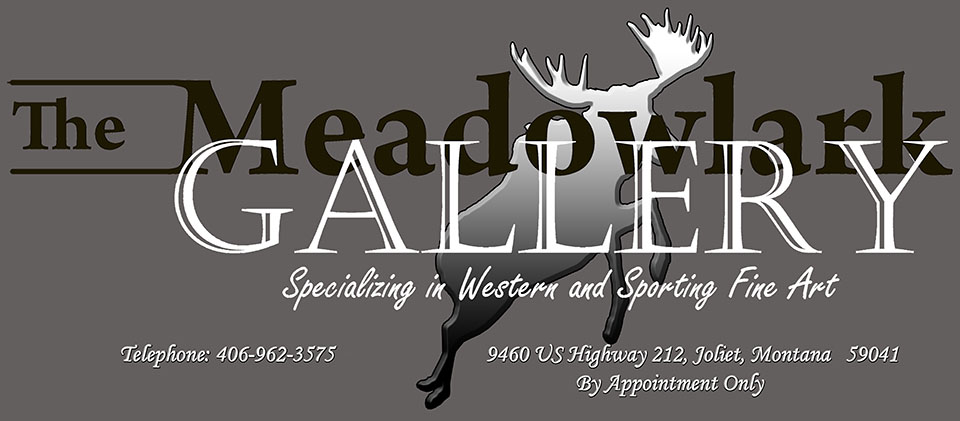|
|
||
|
Karl
Bodmer (1809-1893) |
||
| Karl Bodmer was born in Riesbach, Switzerland in 1809 and died in Barbizon, France in 1893. Bodmer, the tall and handsome student of his uncle Johann Jakob Meyer and of Cornu in Paris, was already at twenty three quite experienced in drawing for reproduction, having had German valley views engraved. He was engaged by the stocky middle aged Prussian Prince Maximilian in 1832 as artist for an exploratory expedition to the American West. During their preparations, which took nine months, the royal scholar Maximilian and the top hatted Bodmer talked to Titian Peale in Philadelphia, examining the Peale and Seymour paintings from the Long Expedition in 1819. They bought Rindisbacher watercolors from the 1820's, and they viewed Catlin's paintings of 1830, thus learning from the only major artists to precede them. After side trips into the Alleghenys and to New Orleans, they wintered in New Harmony, Indiana, the home of the artist and naturalist, Thomas Say. They reached St. Louis in March of 1833, taking passage on the Fur Company's steamboat Yellowstone for 1,500 miles in seven weeks to move trade goods to Fort Pierce, South Dakota. Bodmer sketched Indian subjects at every stop, taking a whole day for a single watercolor portrait, doing a detailed pencil drawing of the person and the entire costume. The journey upriver continued on the steamboat Assiniboin to Fort Union, another five hundred miles on the Missouri River through North Dakota, and then by the keelboat Flora following the Lewis and Clark route of 1805 to Fort McKenzie, a lonely new outpost in Montana within one hundred miles of the backbone of the Rockies. They remained for five weeks, in the midst of twenty thousand Blackfeet, beyond where Catlin had gone, Bodmer painting portraits and the party surviving an attack on the fort by a large force of Assiniboin and Cree. Bodmer's painting of the attack is a major product of the entire trip. Rather than continue into the hostile Rockies, the party returned to Fort Clark, North Dakota for the winter, with Bodmer the last white artist to record the Mandan tribe before the 1837 smallpox epidemic. Bodmer's wildlife watercolors included a panorama of a great herd of buffalo descending to the river. He continued to make sketches of Indian ceremonies and life styles that are superb ethnological documentation, even though his frozen colors had to be heated in water. In May of 1834, the party reached St. Louis where they again saw Catlin paintings. Via stage, canalboat, and steamer, they went back to New York City and Europe. Bodmer became a resident of Barbizon in the Fountainebleau forest near Paris. He made eighty one finished paintings to illustrate the journal of the trip, then himself completed many of the etching plates. The 1839 full color edition of the prints is the finest depiction of the Indians of the Missouri frontier. They certainly served as the field work for Indian painters who never left their studios, for example, some Currier and Ives lithographic artists. The other major original artist was Catlin, but there was surprisingly little duplication in exact subject matter and none in style between eager Catlin and disciplined Bodmer. The Western trip was but a short portion of the career of this important Barbizon painter who worked with Millet and Theodore Rousseau but never again visited America. Bodmer began exhibiting in the Paris Salon in 1836. He illustrated books and magazines and was known for forest landscapes and depictions of birds and mammals. By the time of his death, Bodmer's Indian engravings were entirely forgotten. | ||
|
View high resolution images of works by Karl
Bodmer when available. |
||
Have questions about these images? E-mail Meadowlark Gallery!!Home Page / Biography Library / Bronze / Collectibles / Etchings / Paintings / Pen and Ink / Graphite / Working Decoys Gallery Credentials / Firearms / Triangle Z Ranch Furniture / Gallery Tour / Customer Percs |
||
